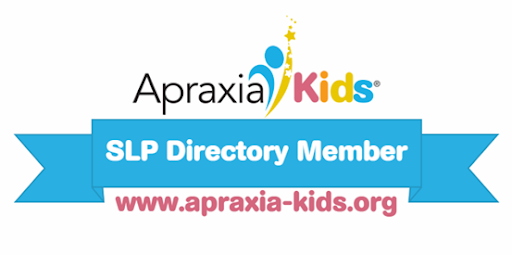It is important for a child to follow directions because it is how learning takes place. Following directions directly impacts a child’s academic success, social development, as well as performance on daily routines. If a child displays difficulties with following directions, it may not only affect a child’s functioning at home and school, but also affect his/her self-esteem and social life.
Why does this happen?
A child may struggle to follow directions due to a hearing impairment, language processing disorder, poor attention span, sequencing difficulties, and/or memory deficit.
Milestones for Following Directions
| 1:0-2;0 Years | Following 1-step commands | “Get your shoes” |
| 2;0-3;0 Years | Following 2-step related commands | “Get your shoes and bring to me” |
| 3;0-4;0 Years | Following 2-step related and unrelated commands | “Get your shoes and your socks, and put them on” |
Signs to Look For
- Gives a blank look when prompted with directions
- Requires repetition of directions
- Follows directions indirectly
- Displays distraction when given directions and/or attempting to follow directions
- Looks to others to follow directions
- Falls behind age-appropriate milestones
- Carries out only one step of multi-step directions
How to Help
If your child seems to fall behind the milestones for following directions, it is always recommended to receive a full speech-language evaluation. A speech-language pathologist will be able to determine what specific challenges and needs your child may have, and how to best help him/her.
Get a Free Online Assessment
Looking for an expert opinion on your child's needs? Fill out a 3 minute questionnaire and receive a personal evaluation from our staff




